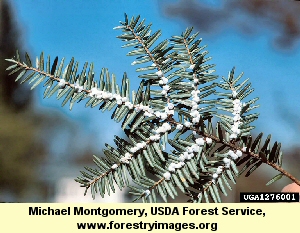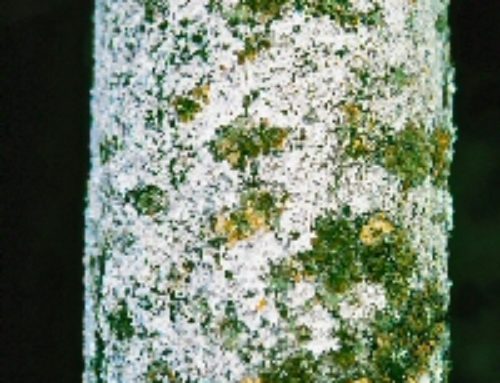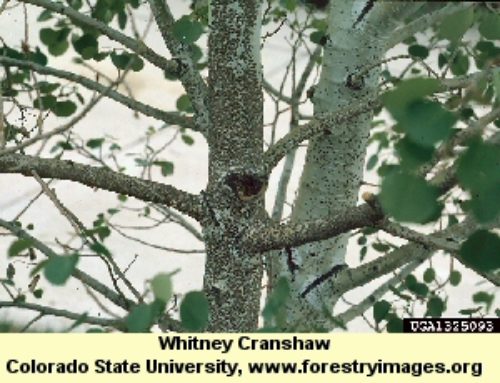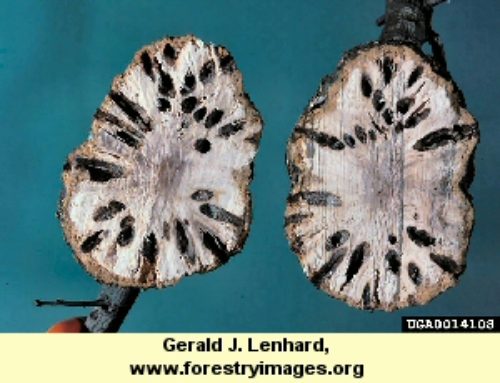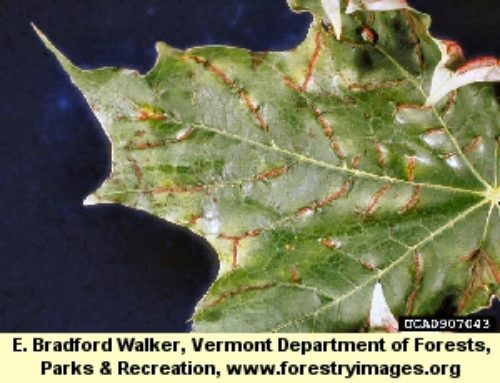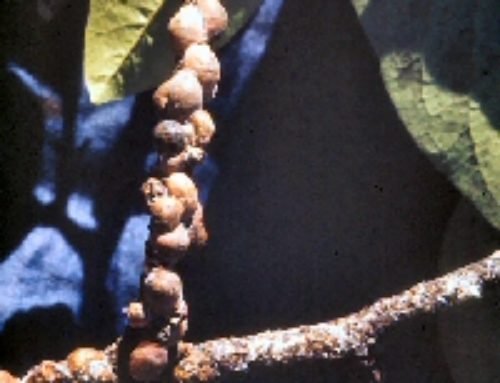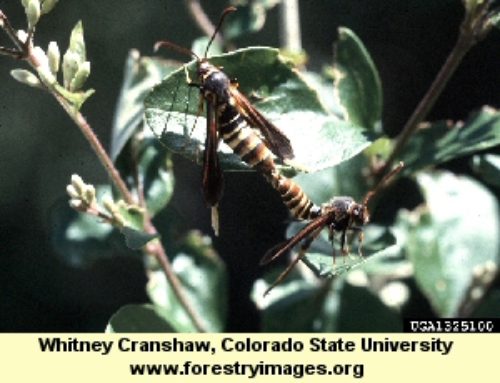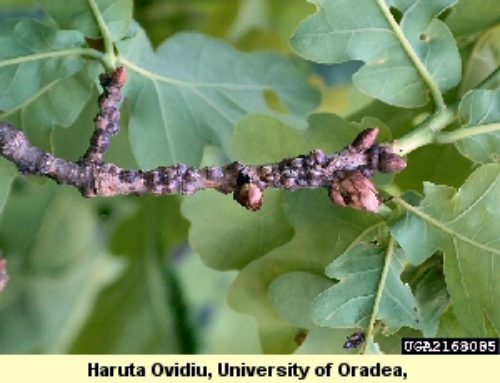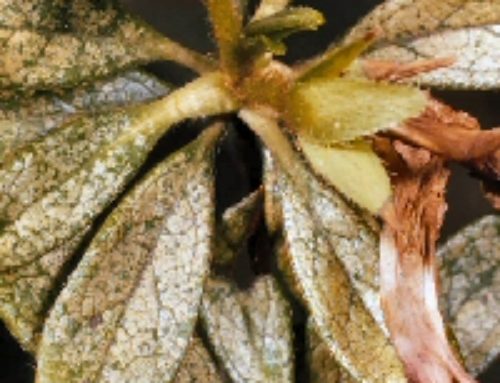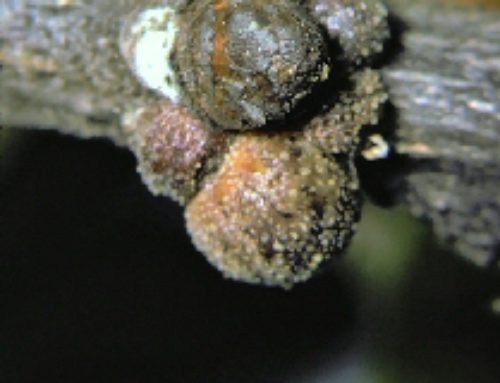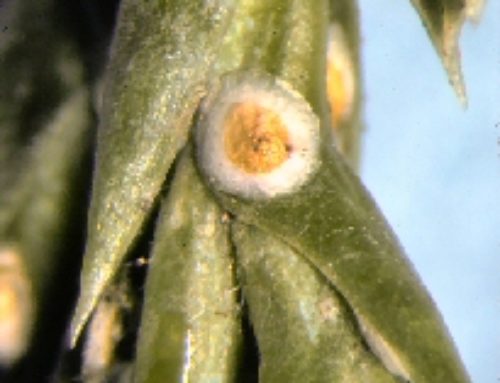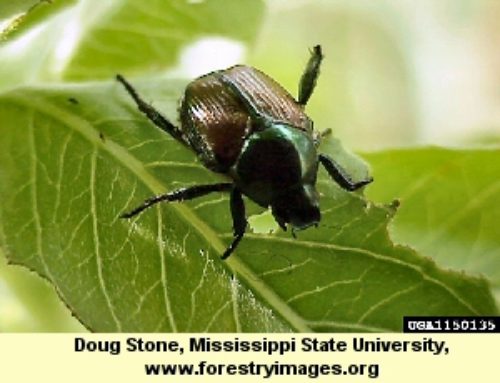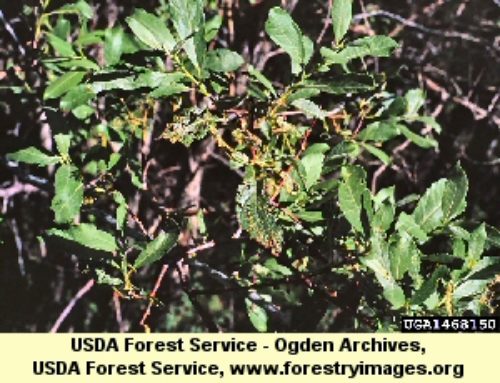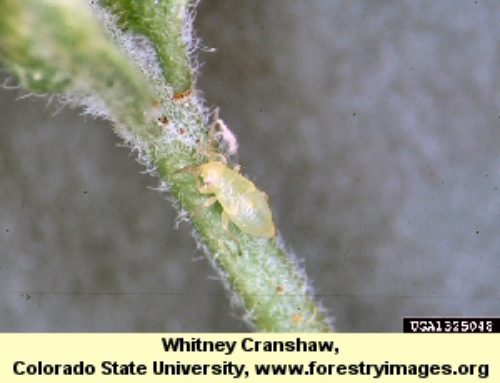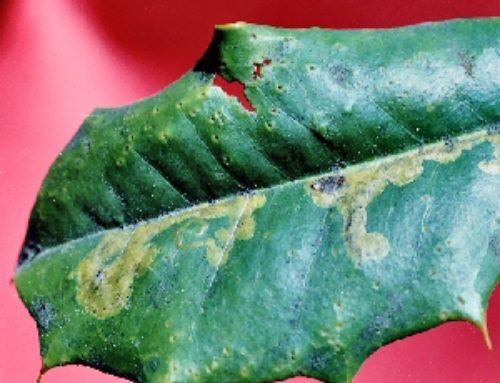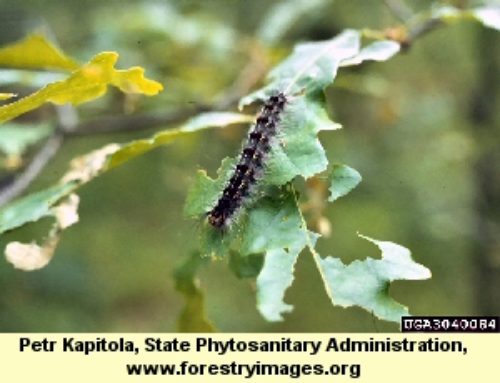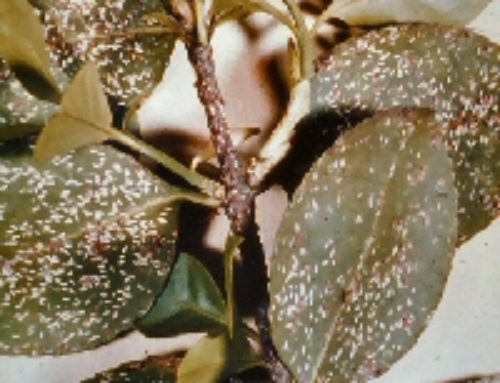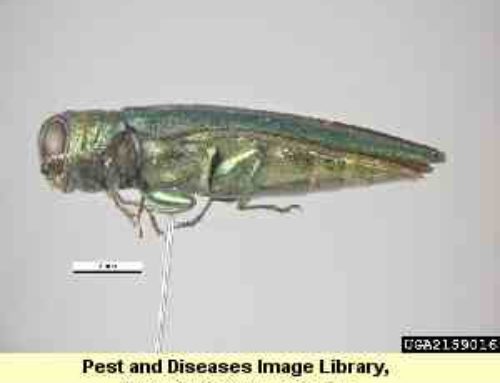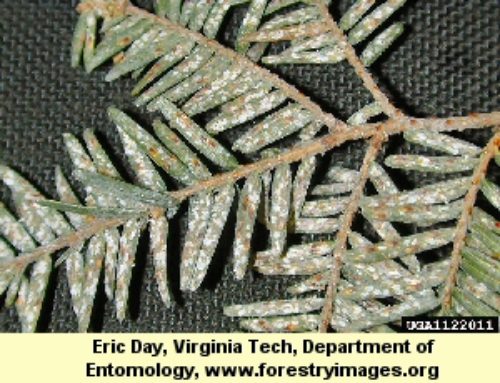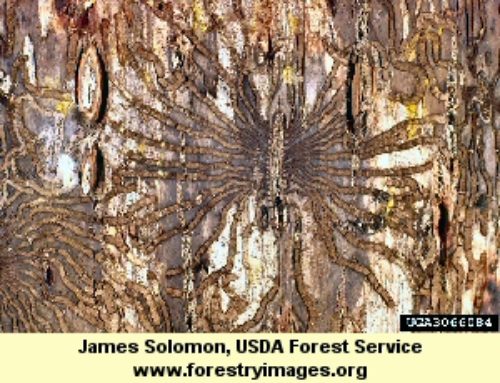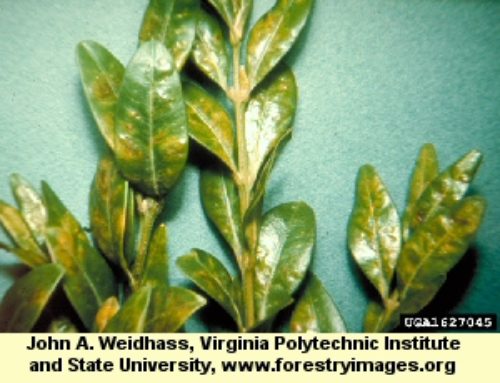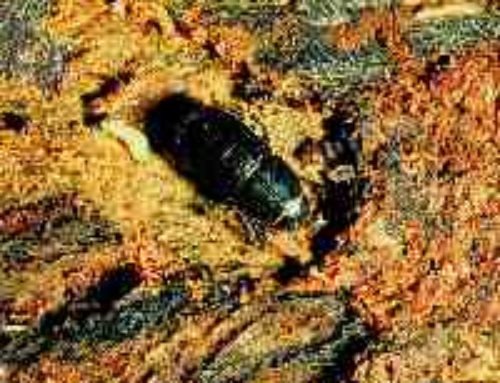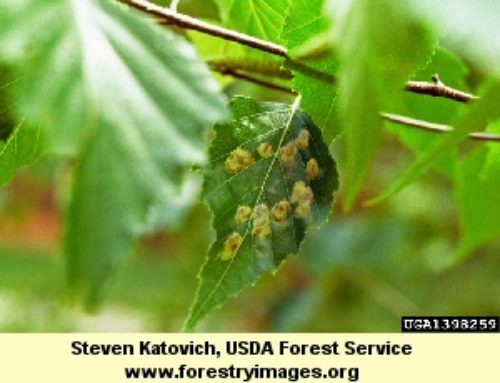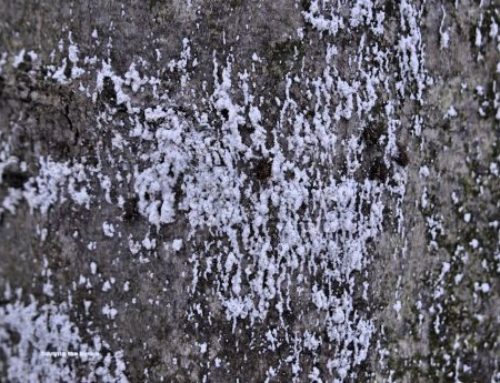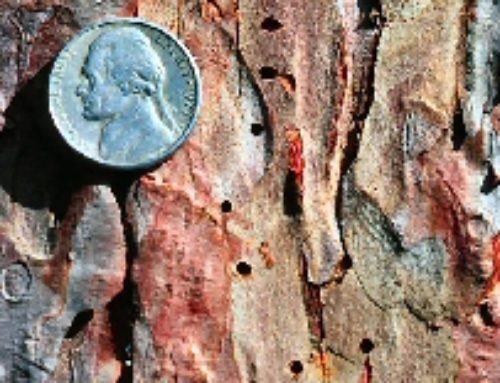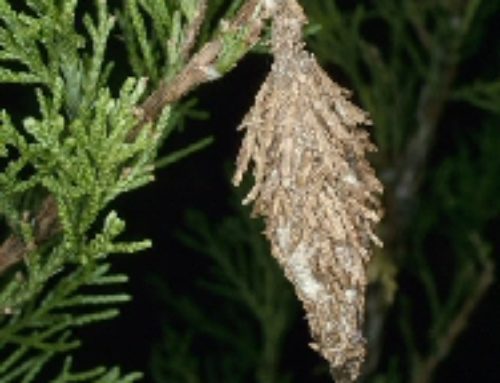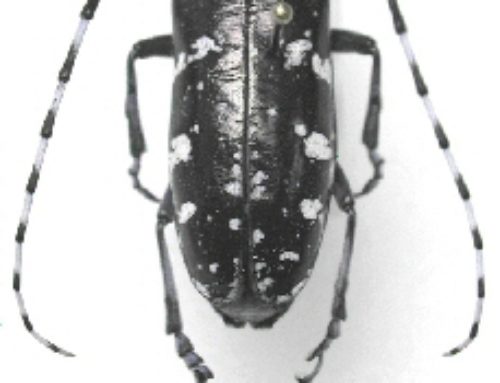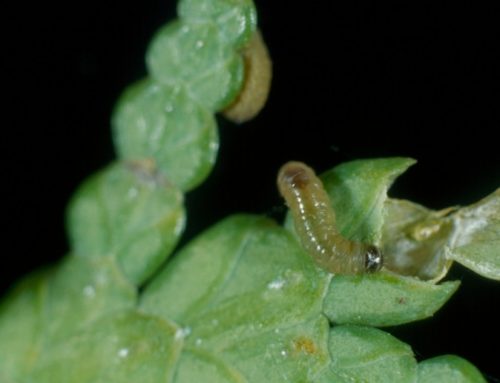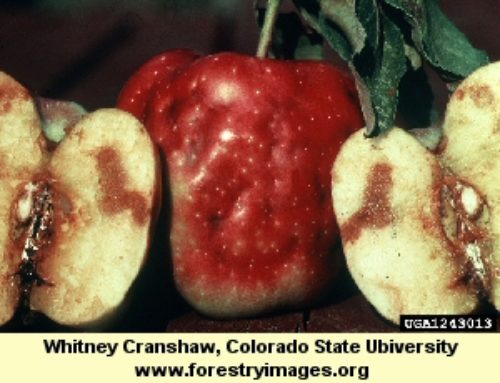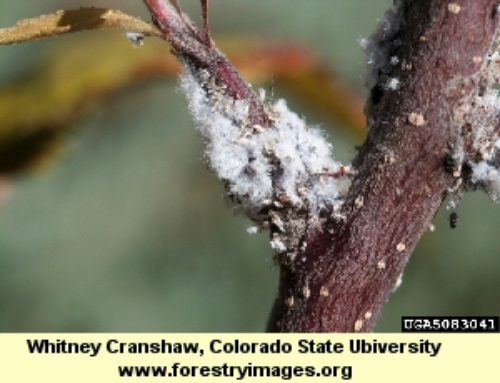Project Description
Hemlock woolly adelgid is a small aphid-like insect from Japan that has become a serious pest of eastern hemlock in the eastern United States. Even though an adelgid is smaller than a period at the end of this sentence, it is easily recognized on the young hemlock twigs by the presence of a dry, white woolly substance that covers its body and its egg masses. Birds, squirrels and deer are important dispersal agents, because the adelgid is unable to fly or crawl rapidly and instead hitches a ride on other creatures. The adelgid injures hemlock by sucking sap and by injecting a toxic saliva while feeding. This causes the needles on infested branches to desiccate, turn a grayish-green color, and then drop from the tree usually within a few months. Most buds are also killed, so little if any new growth is produced on infested branches. Death of major limbs usually occurs within two years and progresses from the bottom of the tree upwards, even though the infestation may be evenly distributed throughout the tree. Trees often die within four years, but some survive longer in a severely weakened condition with only a sparse amount of foliage at the very top of the crown. These weakened trees are unsightly and have little chance for recovery. They often fall victim to wood-boring insects and diseases and are readily broken and thrown by wind. Spray treatments recommended.

